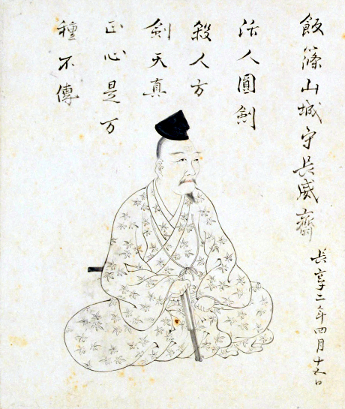Intangible Cultural Asset Tenshinshō-den Katori Shintō-ryū
Introduction Iizasa Yasusada-sensei Tenshinshō-den Katori Shintō-ryū was founded by Iizasa Choisai Ienaō during the mid Muromachi era (1336-1573) in the Katori region of the domain of Shimosa (present-day Katori city, Chiba prefecture), and is the source from which many Japanese martial arts have evolved. At approximately sixty years of age, Iizasa undertook a thousand days of prayer and austere training devoted to the deity of the Katori Shrine within the shrine’s grounds, after which he was presented with a divine scroll on the warrior arts. Since the art was received through divine transmission, Iizasa named the art “Tenshinshō-den” (direct and authentic transmission from the deities) Katori Shintō-ryū, with the art transmitted for twenty generations in direct succession since that time. Katori Shintō-ryū was the first Japanese martial art to be designated an intangible cultural asset by the Japanese government in 1960, with four individuals: Iizasa Yasusada Sōke, Ōtake Risuke Shihan, Ōtake Nobutoshi Shihan, and Kyōsō Shigetoshi Shihan designated the guardian’s of this school in its standing as an intangible cultural asset. Today the tradition maintains a significant syllabus of martial training (including kenjutsu (swordsmanship), iaijutsu (sword drawing), bōjutsu (staff techniques), naginatajutsu (halberd techniques), sōjutsu (spear techniques), shuriken (throwing spikes), and jujutsu (unarmed combat)), as well as strategic study (strategy and tactics including chikujo (fortifications), gunbaiho (troop movement and positioning), noroshi (smoke signaling) and ninjutsu (espionage) as well as sciences observing the interplay of yin and yang including tenmon chiri fusui (astrology and topography)) and personal development including heihō (the way of peace). Katori Shintō-ryū today is guided by 20th generation headmaster Iizasa Yasusada Sōke, with instruction lead by Ōtake Risuke Shihan. The art is preserved and transmitted both domestically and internationally as a form of classical Japanese warrior culture unique to the Katori region. |
|
